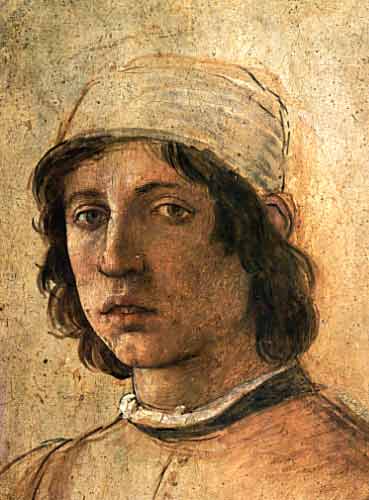The Vasari Corridor in
The corridor itself is a fascinating, labyrinthine architectural invention. Built in 1564, when the Medici were in control of the city’s government, it was designed to link the Uffizi to the Pitti Palace – both, by then, Medici strongholds – and still runs all the way from one building to the other, along a considerable length of the Arno as well as right across the top of the Ponte Vecchio. Having entered the corridor on the top floor of the Uffizi Galleries, visitors leave it at ground level, after a walk of almost a mile, from a minor wing of the Pitti’s rambling apartments – suddenly finding themselves in the green shade of the
The corridor’s contents are as memorable as the opportunity that it affords to retrace what was planned as an escape route for the Medici, in the event of one of the city’s periodic and bloody reversions to democratic rule. What it houses, hung on both walls throughout its considerable...


